Forbes: China Is Headed To Be The World’s Largest Luxury Market By 2025, But American Brands May Miss Out
By Pam Danziger for Forbes
[…]
The Chinese luxury consumers’ incredible sophistication and education, along with their youth – 25-to-30 is the sweet spot for luxury brands – enterprising spirit and national pride leads Daniel Langer, Ph.D., CEO of Équité, professor of luxury strategy at Pepperdine Graziadio Business School and Jing Daily contributor, to say, “Ten years from now, at least one of the top ten luxury brands in the world will be Chinese.”
That could bump Tiffany & Co. off Interbrand’s top ten list and doesn’t give much hope to Ralph Lauren, Michael Kors or Coach that aspire to get on it.
Too transactional
The American way of doing business doesn’t sit well with the Chinese. While not all European luxury brands are doing it right, Langer believes they have a better handle on it.
“The American way is more short-term focused and transactional, whereas the European way of doing business is more brand-equity building and long-term focused,” he says.
Tiffany has fallen victim to this. “Tiffany as a luxury brand has lost its true north,” Langer believes, “It embarked into too many areas that are not core, like cheaper entry items and accessories. And they are failing in experience creation. Go into a store, and it’s not very personal and almost a little bit arrogant.”
“In terms of experience creation, American brands are rather transactional, and not very relationship building,” he says.
Too promotional
Another failing for American brands, and reflecting their short-term focus, is their heavy reliance on promotions. Americans are quick to offer discounts to preserve revenue, which they have done at an even faster pace due to the pandemic.
“If you want to be absolutely certain to destroy your brand, then start to promote,” Langer ironically exclaims.
“But if you look at the brands that are managed really well, like Chanel, they have done the opposite. During the pandemic, they have partially increased prices. I can’t think of one American brand that has been able to raise prices,” he continues.
Poor storytelling
American brands’ short-term focus erodes brand equity, if they even had it in the first place.
“American brands have traditionally been very weak in brand storytelling. They work from a playbook of building brand awareness, instead of building equity,” he says, and adds, “You can build brand awareness easily, just do something crazy or spend a lot of money, like on a Super Bowl ad. This is very attention grabbing, but it’s not building brand equity.”
Brand equity is based on storytelling that focuses on what the customer wants to know and what they value. American brands are great talking about themselves, but fail miserably at telling stories to customers about why they should care about the brand.
“Chinese customers are unbelievably savvy when it comes to the value of brand; they want to know what is behind the brand,” Langer shares.
“I would say the Chinese customers are the most savvy customers in the world in terms of luxuries. This means you can’t fool them and this is the mistake American luxury brands are doing, asking customers to pay high prices for something with little intrinsic value,” he continues.
[…]

